
Ice caps, valley glaciers, cirque glaciers, piedmont glaciers, ice sheets… I’m guessing that if you are a glaciology enthusiast, you have already heard about these types of glaciers. But you probably don’t know anything about regenerated glaciers, am I right? Well, you are in the right place! Let’s find out more about this little-known glacier type.
Classifying glaciers
Glaciers are classified on the basis of different features. According to the classification scheme proposed by GLIMS (Global Land Ice Measurements from Space), they are primarily distinguished because of their general morphology.
We have:
- Ice sheets: so extensive they are not influenced by topography, they cover the reliefs of mountains
- Ice fields: very large, but do not overwhelm topography
- Ice domes: dome shaped, presenting radial ice flow
- Valley glaciers: when presenting a single well-defined ice tongue which follows a pre-existing valley
- Mountain glaciers: covering mountain sides
- Ice shelves: floating ice masses connected with ground-based glaciers on the continents
More detailed classifications are based on their specific form, on the frontal characteristics or on the longitudinal features. You can find full information in the document linked above.
In Italy, we have an additional method which is not related to the description of single glaciers, but to the general glaciological features that are observed in a given region. It is worth presenting this classification scheme because it combines well both geography and glaciology; it was introduced by Ardito Desio, an Italian explorer and geologist, and it distinguishes:
- Antarctic glaciation: when an entire continent is covered by ice and ice streams form extended ice shelves
- Greenlandic glaciation: if a continent is almost completely covered by ice and glaciers reach the sea with enormous ice tongues
- Alaskan glaciation: when several ice tongues merge in the piedmont region and create large ice fields
- Scandinavian glaciation: when plateau glaciers create radial tongues which reach the sea
- African glaciation: when glaciers are only present at the very summit of the highest peaks
- Himalayan glaciation: if composite valley glaciers occupy entire valley networks
- Alpine glaciation: when glaciers are present in the highest valleys or at the flanks of mountains
- Pyrenean glaciation: when glaciers occupy the highest cirques, without evident tongues
- Turkestan glaciation: when small glaciers are found at the bottom of shaded mountain gorges and are nourished by avalanches.
The adopted names reflect the fact that this classification was developed almost 100 years ago, when the condition of glaciers was different from now. For example, who would choose the name Pyrenean for cirque glaciers now that Pyrenean glaciers have almost completely disappeared?
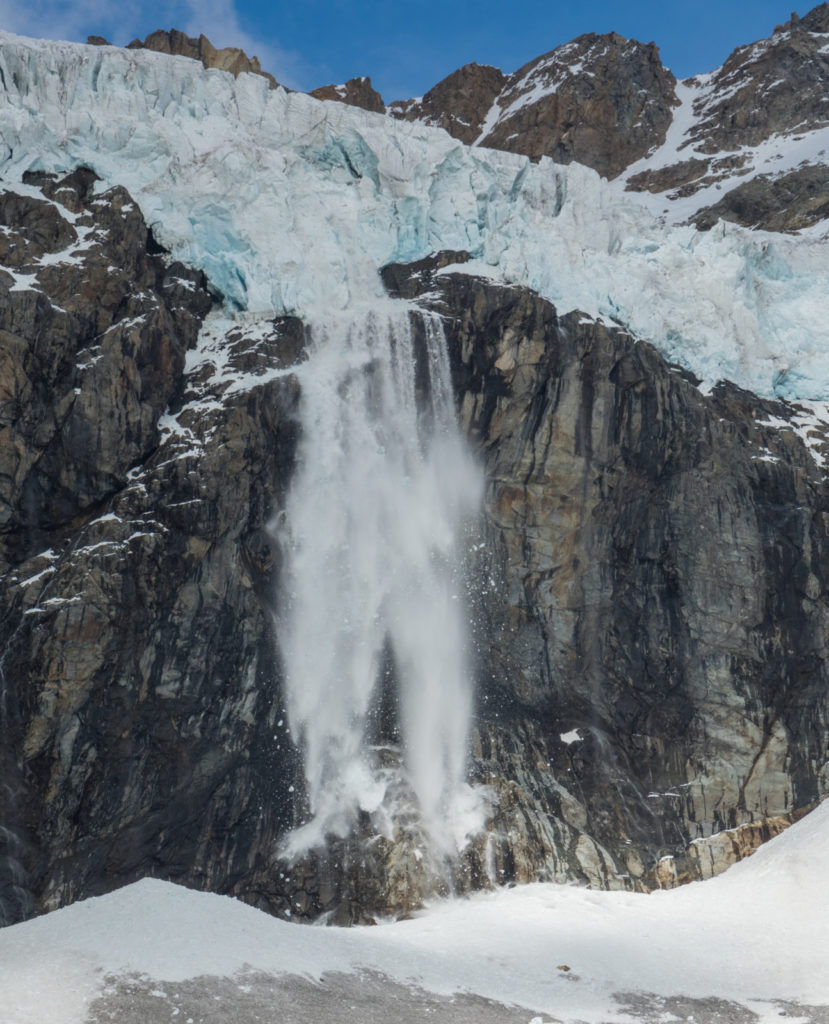
Fig. 2 An ice fall precipitates on the Fellaria glacier: this is how regenerated glaciers receive snow and ice. Photo credit: Riccardo Scotti.
Among these classifications, regenerated (or rejunevated) glaciers are only occasionally cited. What makes them different from all other glaciers is how they gain snow and ice. Most glaciers are fed by snowfalls, others by avalanches. Regenerated glaciers gain snow and ice from… other glaciers! I admit this could sound odd, but if you look at the pictures you will easily understand what I mean. Regenerated glaciers are developed just below other higher glaciers which terminate on the edge of steep rock walls. The ice movement in the superior glaciers create ice avalanches, accumulating heaps of ice at the foot of the walls and favoring the sustainment of a lower glacier. So, a regenerated glacier is a glacier fed by another glacier! Since a regenerated glacier needs continuous ice falls to survive, these rare glacial structures are generally highly spectacular.

Fig. 3 Another famous regenerated glacier: Morsárjökull, an outlet glacier of Vatnajökull, the largest ice cap of Iceland. Well visible is the large rockfall that in 2007 partially covered the glacier. Photo credit: Gudmundur Ogmundsson (CC BY-SA).
Peculiarities of regenerated glaciers
Many regenerated glaciers were once connected with their higher neighbors. They detached and became independent glacial bodies because of the thinning of the ice in the context of the global decline of the cryosphere. But despite this, regenerated glaciers are usually indicative of highly dynamic glacial systems. The presence of a regenerated glacier implies the presence of an active glacier uphill, which must be continuously flowing to maintain a continuous production of ice through time. These are two of the most important signs which characterize healthy mountain glaciers.
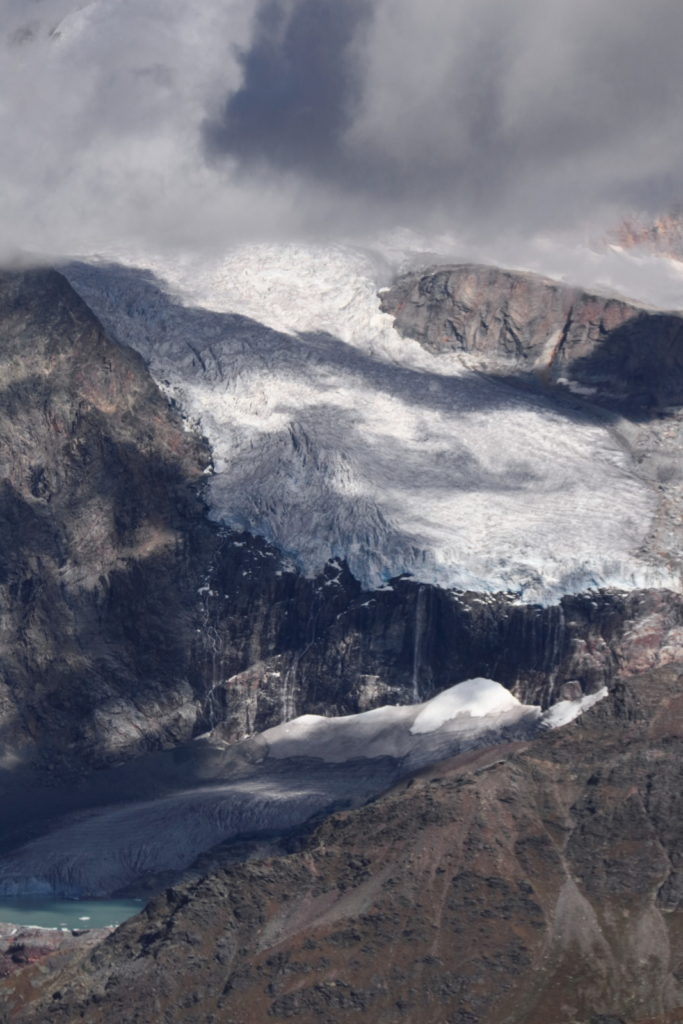
Fig. 4 Here you can see the upper part of the Fellaria glacier and its lower sector which a few years ago detached from the main ice body and turned into a regenerated glacier. Photo credit: Giovanni Baccolo.
In general, a glacier is defined as “a mass of snow and ice where it is possible to distinguish a part where each year the accumulated snow exceeds seasonal melt, and a part where the melt of snow and ice exceeds the accumulation”.
During a session of free thinking on glacier-related things without a clear purpose, I tried to adapt this definition to regenerated glaciers. According to the definition, to have a glacier, you need an accumulation basin (a part where each year the accumulated snow exceeds seasonal melt) and an ablation area (a part where the melt of snow and ice exceeds the accumulation). Decades of observations have led to the understanding that, for a glacier to be healthy, it must not only exhibit these two areas, but the accumulation basin must represent no less than 30 % of its total surface.
If we try to fit regenerated glaciers in the above definition, these rules seem to not be fully respected. In fact, for most regenerated glaciers, the accumulation basin is limited to a thin belt at the foot of the dominating rock walls holding up the feeding glacier. This small accumulation region can clearly be seen in pictures of regenerated glaciers (Fig. 3 and 4 for example), where the accumulation basins correspond to the piles of precipitated snow and ice just below the hanging walls. This is related to the fact that, for regenerated glaciers, snow and ice accumulates by processes which are not only controlled by climate and weather, but also depend on topography, which favors avalanches and ice falls accumulating large amounts of snow on narrow glacial sectors. This is why such glaciers don’t fully respond to the general laws which govern ordinary glaciers, making regenerated glaciers a glaciological rarity!

Fig. 5 A wider view on the Eastern Fellaria (regenerated) glacier. This is probably the most notable glacial site of the Italian Central Alps. It is monitored by the Lombard Glaciological Service, a volunteer association aimed at the glacial monitoring of this Alpine sector. Credit: Riccardo Scotti.
To conclude
So, now you know what a regenerated glacier is! Even if rare, I hope you can soon admire these rare but beautiful expressions of the global cryosphere, they are really worth it! You can find a little preview in the time-lapse video below showing the evolution of the Fellaria glacier through the course of one year, produced by the Lombard Glaciological Service!
Edited by Emma Pearce and Marie Cavitte
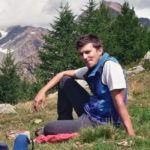 Giovanni Baccolo is a postdoc at the University of Milano-Bicocca, Italy. He studies glaciers to unveil the environmental and climatic pieces of information trapped within ice and snow. His research is mostly focused on ice geochemistry which he uses to study ice cores and supra-glacial processes. He tweets as @g_baccolo. Contact Email: giovanni.baccolo@unimib.it
Giovanni Baccolo is a postdoc at the University of Milano-Bicocca, Italy. He studies glaciers to unveil the environmental and climatic pieces of information trapped within ice and snow. His research is mostly focused on ice geochemistry which he uses to study ice cores and supra-glacial processes. He tweets as @g_baccolo. Contact Email: giovanni.baccolo@unimib.it

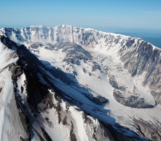
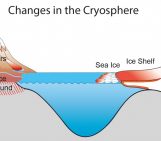
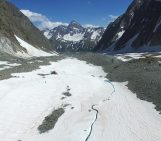
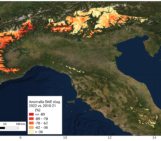
Mohan Bahadur Chand
This is a really awesome post about regenerate glaciers. I have noticed a similar process in the Nepal Himalaya, but I am not sure whether we can say it is a regenerated glacier or not. In this case, ice mass deposited by the avalanche at a much lower elevation than the average elevation of the glacier and developed as a glacier. The feeding glacier ends at a high slope and may continuously break at the end and falls to a narrow down valley. It’s kind of debate that the deposited ice is either glacier or not in this case.
홀덤뉴스
Regenerated glaciers are a fascinating and lesser-known type of glacier that form when ice from an upper glacier flows down and accumulates in a lower basin,